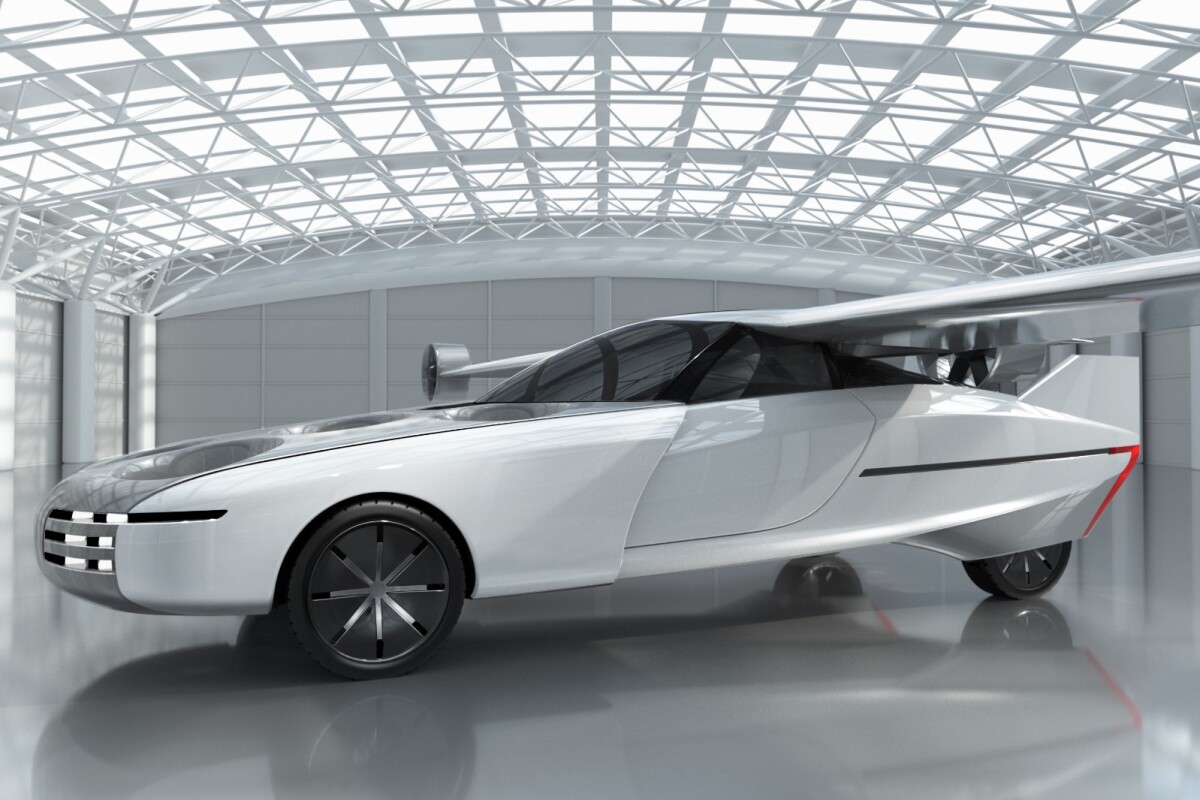While we've seen some "flying cars" that require a runway, there's no doubt that what most people really want is a vehicle that takes off and lands more like a helicopter. Well, the Aska may be the answer … when and if it reaches production.
Being developed by American/Israeli startup NFT, the Aska is classified as an eVTOL vehicle - that stands for Electric Vertical Take-Off and Landing. With its wings folded back, it can be driven on the road like a regular car, as it's about the size of an SUV.
Once it's time to take off, though, the wings fold out to expose 10 ducted fans built into the vehicle's main body. There are an additional two fans in the rear, along with two on the wings (one at either end). The thrust provided by all 14 fans proceeds to lift the Aska up off the ground, taking it to its cruising altitude.

Upon reaching that height, the vehicle's rear and wing fans pivot to sit vertically. They then proceed to propel the Aska forward, as it goes into faster and more energy-efficient fixed-wing flight mode. When it's time to land, the process is simply reversed.
Plans call for the three-passenger vehicle to operate autonomously on the road and in the air, with a proprietary artificial intelligence-based system allowing it to detect and avoid both moving and stationary obstacles. It will require 20 by 20-meter (65.6-ft) landing/launch pads – so, sorry Blade Runner fans, but it won't simply be able to take off from city streets.
Power will be provided primarily by a bank of rechargeable batteries, with an electric/gasoline hybrid system serving as a flight range extender. That range sits at an estimated 563 km (350 mi).

And yes, buying one of the things outright would likely be pretty expensive. For that reason, NFT plans on additionally offering a subscription service, in which clients would pay a monthly fee that would give them access to one of the vehicles as needed.
The Aska (which is Japanese for "flying bird") was officially unveiled this Monday, when a scale "demonstrator" model was presented at the EcoMotion show in Tel Aviv. A company representative tells us that a flying prototype is planned for the first quarter of next year. Its VTOL transition is demonstrated in the animated video below.
Source: Aska







